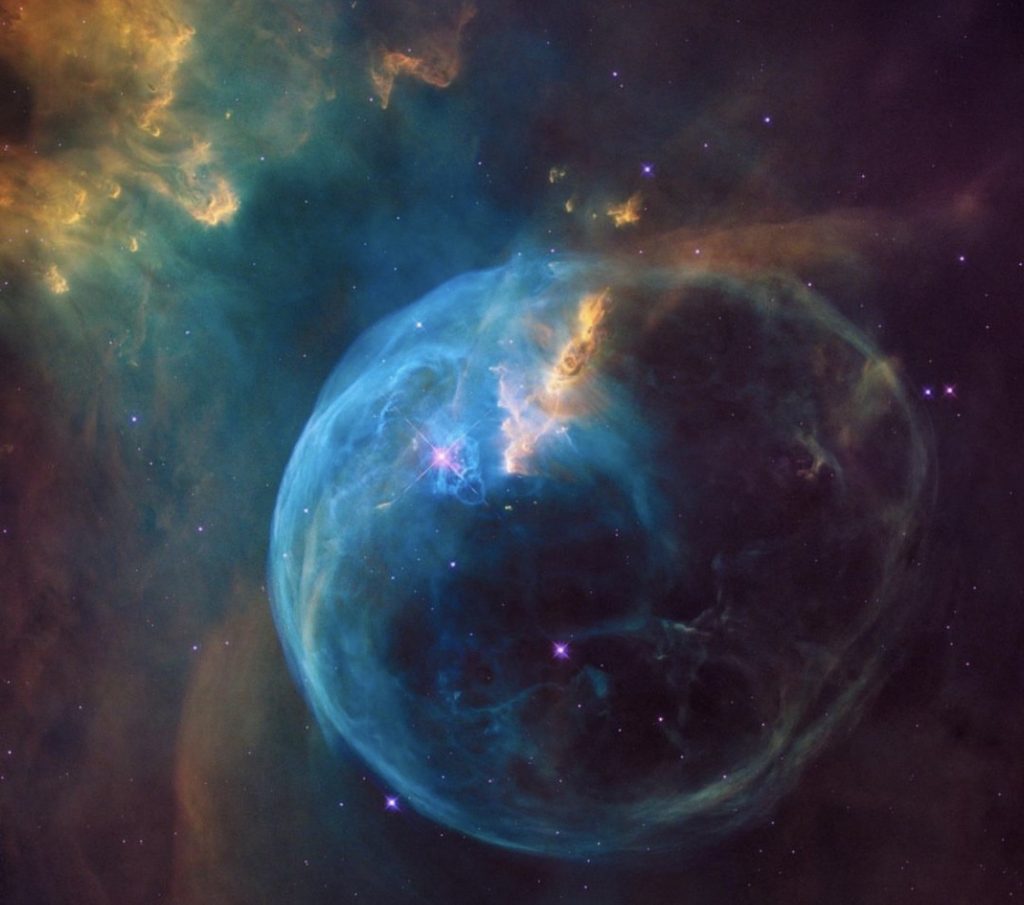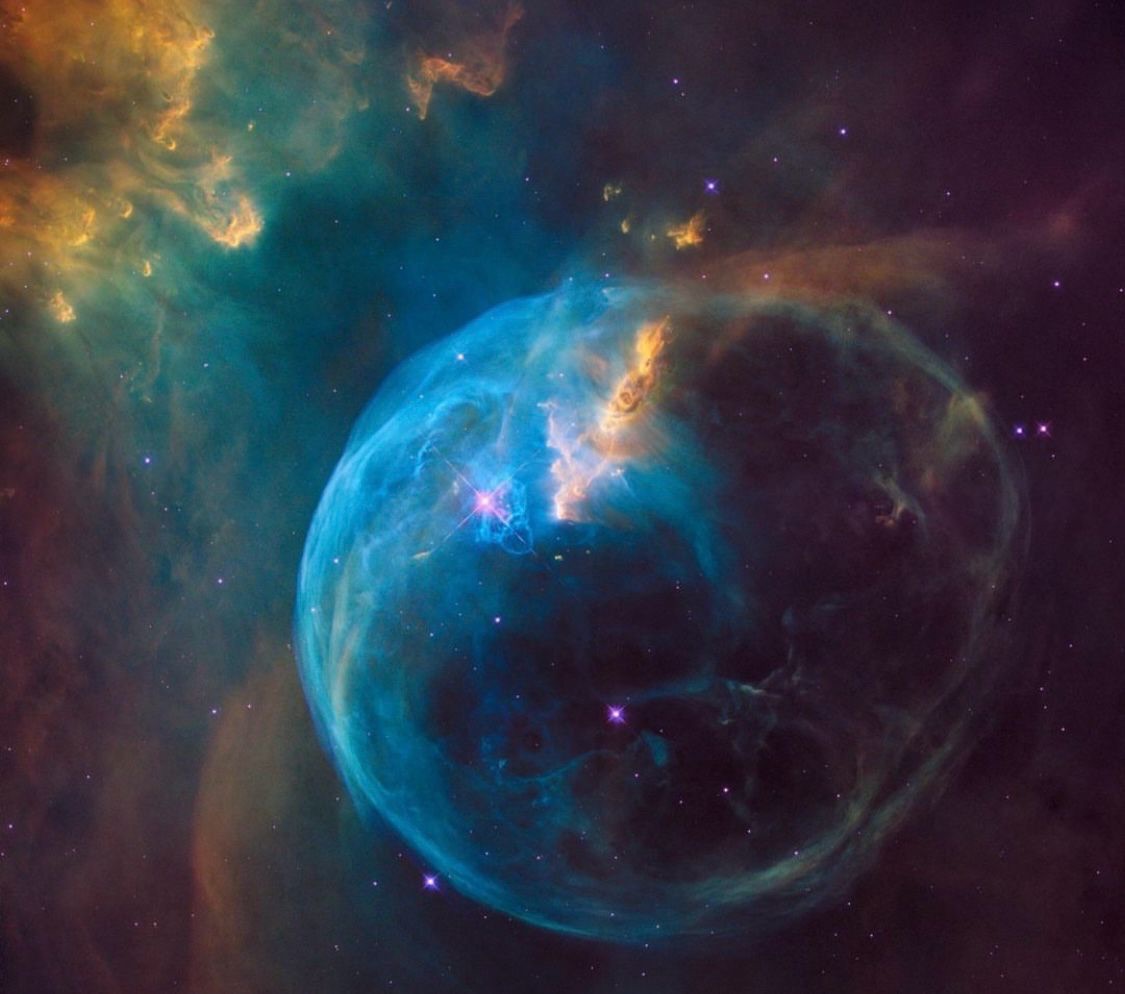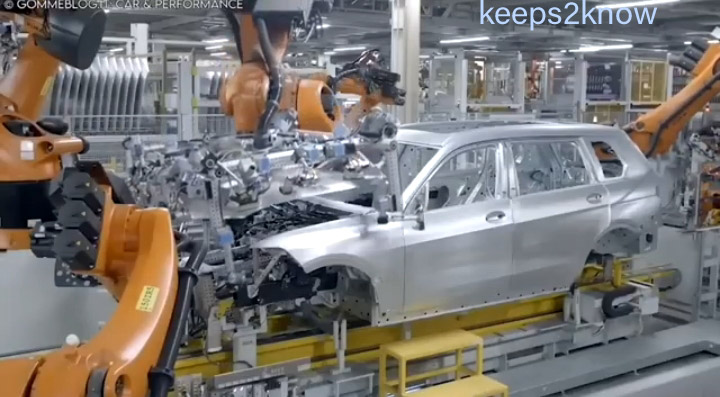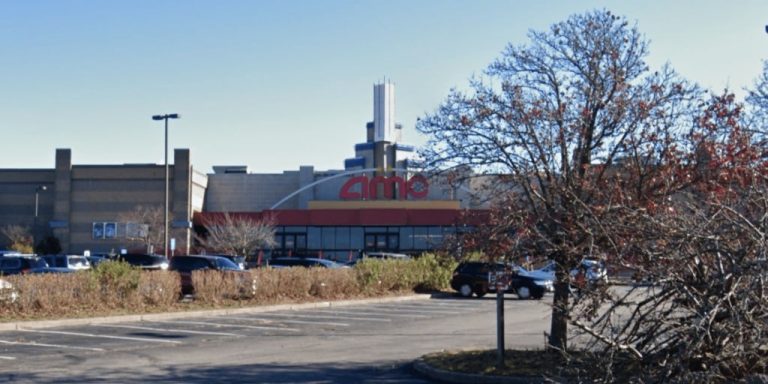Life is like a bubble: unpredictable, fragile, but beautiful. Just as a bubble can pop at any moment, life is full of unexpected twists and turns
The Bubble Nebula was discovered in 1787 by British astronomer William Herschel. It’s located about 7,100 light-years from Earth in the constellation Cassiopeia. The nebula’s star is about 45 times more massive than the Sun, and is estimated to be about 4 million years old. The star’s powerful stellar winds blow the gas in the nebula into a bubble-like shape.
The Bubble Nebula’s bubble-like shape is formed by the powerful stellar winds of the central star, sweeping up and heating the surrounding gas. The different colors of the nebula come from different gases at different temperatures: blue from hot oxygen, and yellow from cooler hydrogen and nitrogen. The stellar winds are estimated to be moving at 4 million miles per hour!

The image shows a bubble of gas, glowing a soft blue. A pink star is visible above it, and the gas is wispy and delicate, giving it a dreamy, ethereal look. Dense pillars of cool hydrogen gas laced with dust appear at the upper left of the picture, and more “fingers” can be seen nearly face-on, behind the translucent bubble. A few thicker strands of gas, like tendrils of smoke, twist around the bubble, with some visible behind it. In the background, faint stars twinkle against the dark expanse of space.
Credit: NASA, ESA, and the Hubble Heritage Team (STScl/AURA)

























+ There are no comments
Add yours